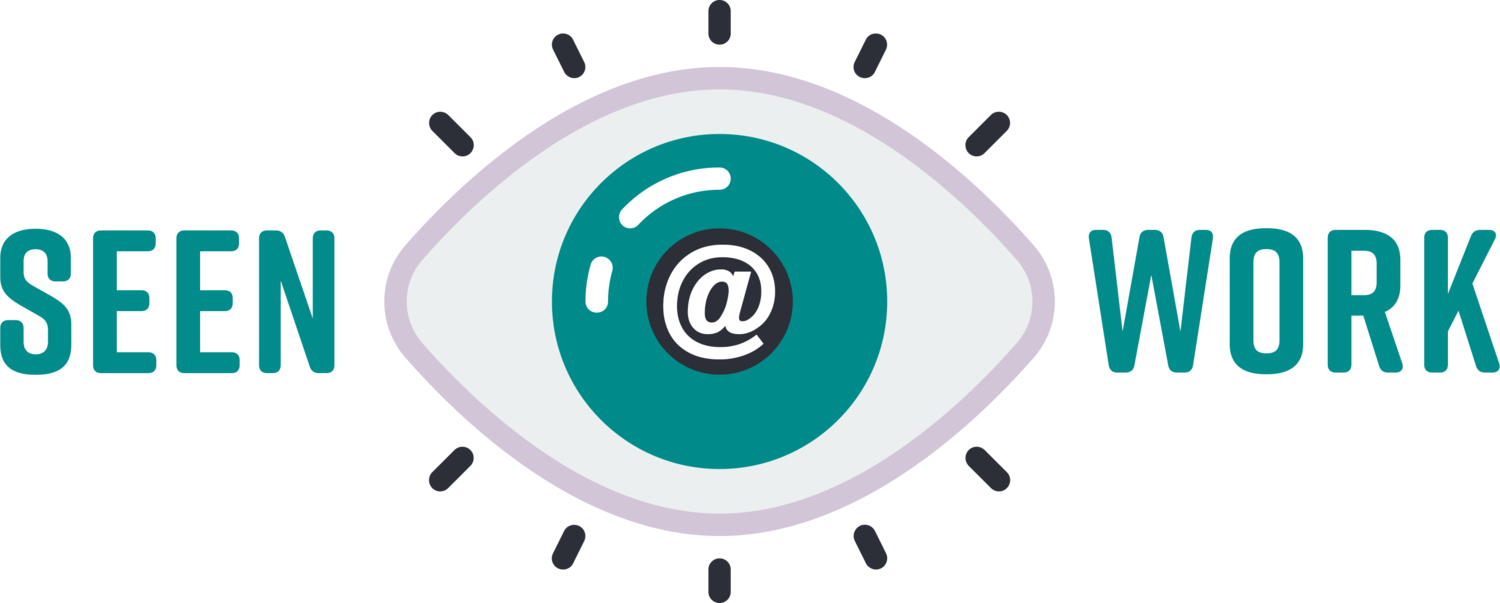Biases to Watch Out For in Your Recruiting and Hiring Processes
A few weeks ago, our guest on the Seen@Work podcast, Gary Davis, explained how flawed recruiting processes can be if not effectively and intentionally adapted to be more equitable. At its worst, he explained, recruiting could be the most biased thing we do in the workplace. “When you think in terms of trying to focus more on equity and inclusion in the process,” Davis explained, “what that really means is you’re trying to reduce the bias that occurs in recruiting.”
“When you think in terms of trying to focus more on equity and inclusion in the process, what that really means is you’re trying to reduce the bias that occurs in recruiting.”
At Seen@Work, we couldn’t agree more.
Company leaders, recruiters, and hiring managers seeking to build more diverse and more equitable companies should make sure they’re taking a hard and long look at recruitment and the biases that may be present there. When they do, here are four biases they should watch out for:
Halo Effect
Halo effect is when someone leaves a positive impression in one area, leaving others to believe that individual is impressive in all areas.
How it can appear: This bias may be present, for example, when a recruiter, hiring manager, or people leader learns a candidate attended a university they believe to be prestigious. Perhaps after a recruiter learns this about a candidate, that knowledge leads them to believe they must be the best candidate for the open position. Of course, this is not always the case.
How it can be mitigated: Revisit the list of core schools and competitors the recruitment team is engaging and sourcing from to ensure that it is broad enough to encompass candidates from a variety of backgrounds and educational experiences, all while ensuring your recruiters understand the risks of Halo and Horns Effect.
Attribution Bias
Attribution Bias is a tendency to attribute traits or experiences to someone because they belong to a particular group or identity. This might involve unconsciously acting on stereotypes and other over-generalizations.
How it can appear: This bias can come forward when interviewers make decisions about candidates based on fuzzy criteria like “culture fit.” When criteria is not clearly defined or mapped back to the tangible skills truly necessary for the job, interviewers may be more susceptible to allowing biases and assumptions to seep in, particularly those that may be aligned with societal stereotypes. This, of course, can have dire consequences, directly impacting traditionally marginalized and/or underrepresented groups.
How it can be mitigated: Define the specific criteria needed to do a job then map the tangible skills directly to a rubric that can be used by all interviewers and hiring managers when making decisions about candidates. Incorporating a rubric into your process will allow your team to make less assumptions based on potential biases like attribution bias and more effective decisions based on the skills the candidates demonstrate throughout your hiring process.
Affinity Bias
Affinity Bias is the tendency people have to gravitate toward and favor those who are similar to them.
How it can appear: When companies rely heavily on employee referrals and when interviewers find themselves favoring candidates with backgrounds that are similar to theirs, this very common bias can lead to homogenous workforces. Whether it be because a candidate went to the same school, worked at the same firm, grew up in the same part of the country, affinity bias can often unconsciously sway interviewers and give some candidates an unfair advantage.
How it can be mitigated: Building awareness of all biases is a great way to start reducing their impact. Additionally, creating a standardized list of questions for interviewers can ensure all interviewers are asking the same questions and not allowing their first impression of a candidate to sway their engagement with them.
Decision Fatigue
Decision Fatigue is the deterioration of our ability to make thoughtful decisions after a long session of decision-making.
How it can appear: When pushing to fill roles, it’s possible to have interviewers and hiring managers working late into the night or long hours over the course of a couple of weeks. We all have a limit on our decision-making power, and when this becomes a common practice, we may be breeding Decision Fatigue. This may lead decision-makers to progress candidates who are actually not best for the role.
How it can be mitigated: Work the risk of Decision Fatigue into your planning process. Check to make sure you’re spreading the process out long enough to protect your decision-makers’ decision-making abilities. This can affect time-to-fill, but it can also make it a lot less likely that candidates will be chosen to move forward just because the team is a bit tired of making decisions.
As companies seek to build more diverse, more inclusive, and more equitable workplaces, bias in the recruitment process can significantly stall those efforts. It’s imperative recruitment teams take the time to review and root out any instances of bias that may be present. We hope the suggestions above gets those teams started.
